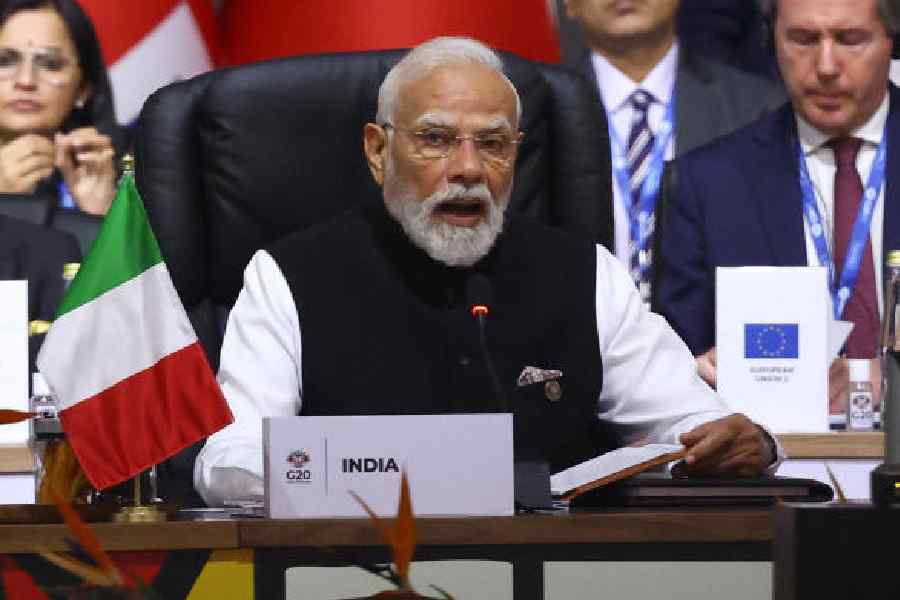When I started my career, a ₹1 crore life cover felt like a fortress. Today, it’s a modest moat. Inflation, rising lifestyle costs, and evolving family needs have changed the game. Buy too little, and your family may struggle when you’re gone. Buy too much, and you’re throwing away money that could be invested elsewhere. So, how do you strike the right balance?
The answer lies in a smarter, more nuanced approach to life insurance: one that factors in your debts, income, future milestones and inflation. Let’s break it down with real-life examples and updated financial thinking.
The dime method
DIME stands for Debt, Income, Mortgage, and Education. It’s a simple, four-pronged approach that ensures you’re not picking a number out of thin air but instead calculating how much life insurance you need. You essentially add up your liabilities and future responsibilities to reach a number suitable for your life situation:
- Debt: What do you owe? Credit cards, personal loans, car EMIs
- Income: Multiply your annual income by the number of years your family would need support
- Mortgage: Include your home loan balance
- Education: Factor in future education costs for your children
Consider a 35-year-old earning ₹15 lakh a year, with a ₹40 lakh home loan and an additional debt of ₹5 lakh and wanting to support her daughter through college (₹25 lakh in future value). Her DIME calculation might suggest a cover of ₹3–3.5 crore.
Her DIME calculation:
Debt: ₹5 lakh
Income: ₹15 lakh × 15 years = ₹2.25 crore
Mortgage: ₹40 lakh
Education: ₹25 lakh
Total cover needed: ₹2.95 crore
Factor in inflation
A rupee today won’t stretch as far tomorrow. Over 20 years, even a modest 5 per cent inflation rate can halve your money’s value.
Let’s say based on your expenses and income sources, a ₹1 crore corpus is enough for you today. In 2045, that would be worth just about ₹37 lakh in today’s terms. That’s
not enough to cover a decade of living expenses, let alone education or healthcare.
Your coverage should account for that projected lifestyle cost, not just today’s numbers. For instance, if your family needs ₹50,000/month today, they would need ₹1.6 lakh/month in 20 years. Use an inflation-adjusted calculator to find out how much funds you would need for additional flexibility and inflation protection.
Term vs endowment: Strip out the myths
Many still believe endowment plans are “better” because they return money. But the truth is that the term insurance is pure protection, and, therefore, cheaper, simpler, and more cover for less.
For example, a 30-year-old non-smoker pays ₹15,000/year for a ₹1 crore term plan (30 years) whereas a ₹50 lakh endowment plan for 30 years could cost him ₹1.5 lakh per year.
That’s 10x the premium for half the cover. If you invest the difference (₹1.35 lakh/year) in a mutual fund earning 10 per cent, you’d have over ₹2.5 crore in 30 years. This is proof enough that it is better to buy term for protection and invest separately for returns, without mixing the two.
Insurance riders that make sense
Riders can enhance your term plan smartly — but only if they match your personal risks. Don’t tack them on just because they’re offered. Think of riders as seatbelts for specific financial crashes. The right ones can be invaluable. The wrong ones are wasted premiums.
Critical illness riders, accidental death benefits or waiver of premium can be incredibly useful especially if they fill a gap left by an existing health or disability cover. However, what is right for someone in his 40s with fewer dependants and no family history of illness may not be right for another person with ageing parents, children, and a family history of lifestyle diseases. So choose your coverage based on what you need.
In summary
Life insurance isn’t a one-size-fits-all product. Use the DIME method. Factor in inflation. Choose term over endowment. Add only the riders you need. And remember — ₹1 crore is no longer the gold standard. It’s just the beginning. Protect wisely, and your family will thank you for decades to come.
The writer is CEO, BankBazaar.com










